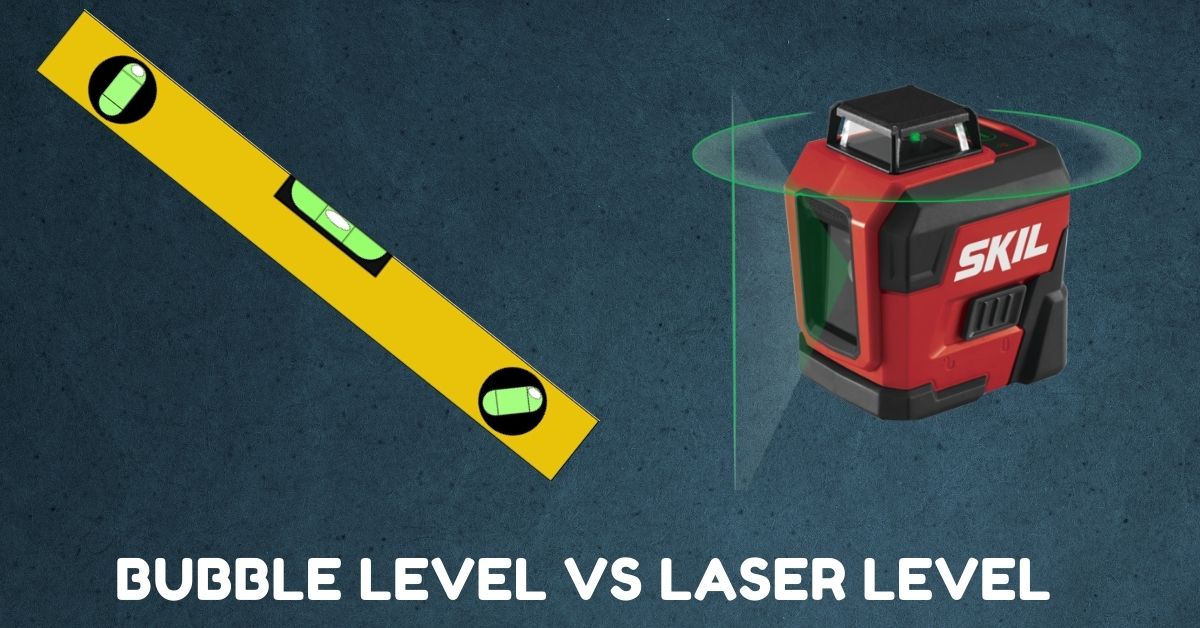Adapter cables seen on Apple products are known as Lightning cords. Even if you’re experiencing trouble charging or syncing your phone, verify your lightning connector to determine if it was the source of an issue.
Have you been curious about which multimeter is best for electrical engineers? We’ll teach you how and where to examine a lightning wire with a multimeter throughout this article. Simply read what we’ve written.
Table of Contents
Testing a lightning cable
When a lightning chord is recharged, this will steadily discharge 5 volts. So take a multimeter, set this to voltage status, and put the measuring probes here on the port. Your connection is in excellent functioning condition if indeed the readout is 5 volts. If the voltage is much below 5 volts, the lighting cable may need to be replaced.
You’d assume the looping impedance would have been the measure to utilize since this USB to Lighting connection for Apple phones is often used to recharge the phone’s battery.
Static impedance measurements are hard to use in practice since the ports on the Lightning connection are hard to acquire (they are small), and the elevation should be measured at a realistic grid voltage, which wasn’t at zero draughts. Strands come off in the cable, generally at one of the plugs, and the thread dies. This increases the resistance slightly, but it’s impossible to estimate how much is enough.
It would be far better to keep an eye on the charge stored. The primary tool for this operation is a dedicated USB power meter. When the USB supply is filled with the phone current flowing, this would quickly tell you however much voltage loss it undergoes. The cable is suspect if the USB supply is good (>4.94V) yet the current flowing is low (400mA) following 15 seconds. If your USB voltage falls below 4.94V, it won’t handle the demands imposed on it by the phone. Find a USB outlet that can take a lot of currents.
The fifteen-second delay is caused by the phone negotiating with the power supply for a higher current than the standard 500mA that typical USB 1.1 is required to source. This is referred to as Quick Charge (or one of several competing protocols).
What is a multimeter?
An electrical engineer multimeter is just as essential as a vehicle’s tachometer. You can’t tell how quickly you’re going unless you look at the speedometer when driving a car. But without a voltmeter, you will not be capable of learning about the fundamental physical aspects. Similarly, operating on semiconductors without a professional electrician’s multimeter will leave you in the darkness. Why?
We’re talking about flow, impedance, and volt right now. Without such vital measurements, it would’ve been impossible to plan your future steps as an electrical. As a consequence, for electricians, a multimeter is more like a necessity than a pleasure.
lightning cables
Lightning Connection does have a minimalistic construction that is free of extraneous information. We wanted to preserve the elago Aluminium Thunderbolt Cable’s ethos – a sleek design with more excellent safety – intact. Our wire is Apple MFi certified, which implies that it incorporates so same circuits as Apple charging connections.
How to know if the cable is working or not?
Use a multimeter and verify again for the appropriate voltage level, just like we did in the previous section, to confirm the cable’s functioning. A dedicated USB debugging device could also be used. You might use USB testers to test multiple both the USB cables and your USB ports.
These are low-cost devices that would cost no or more than $10. A USB testing must show you your USB device’s voltage, resistive load, power intake, and recharging warmth. That’s a simple mechanism to establish, so you’ll be rising and running as quickly as possible.
And therefore has multiple ports, a USB tester is comparable to a USB flash drive. By using a connector, attach the device to a source of power. For example, you can put a USB meter into your laptop and have it drain energy from it. The electromagnetic characteristics data of the source of power would be displayed on its screen.
Attach a USB cable to the adapter and then to the USB examiner’s output side to test it. Voltage, charging current, and other relevant data would be displayed on the examiner’s screen. Examine the data to see if they match the desired levels. The cable is damaged if it doesn’t.
There are pinouts available on the internet, but consistency is only half the problem. The Lightning connector contains a tiny logic chip that the phone uses to identify the connector. That cannot be checked for consistency. It’s acceptable if the cable charges and transfers data. If it isn’t, replace it.
USB cable with a multimeter
The voltmeter can be used to test a USB connection in the same way that a lightning connection was. The goal here will be to determine if the cable is capable of producing 5V electricity. Set your multimeter to voltage mode and check the strength at the opposite end of the cord’s USB port. The connection is in perfect working order if the readout is 5V. Otherwise, it’s unsatisfactory.
Reversible lightning cable
A multimeter could be used to test a USB cable in the very same way that even a thunderbolt cable was. The goal here would be to determine if, indeed, the line is capable of producing 5V electricity. Set your multimeter to voltage mode and check the strength at the opposite end of the cord’s USB port. The connection is in proper working order if the readout is 5V.
Conclusion
This article has reviewed what you need to know about using a multimeter to check lighting wires. It’s a straightforward technique that you can do on your own. You can just go over this and figure out however you want to put things up. Lightning cables are commonly found to be defective. As little more than a reason, knowing how and where to test lightning wire with such a multimeter is critical for telling the difference between genuine or fake lighting wires.



